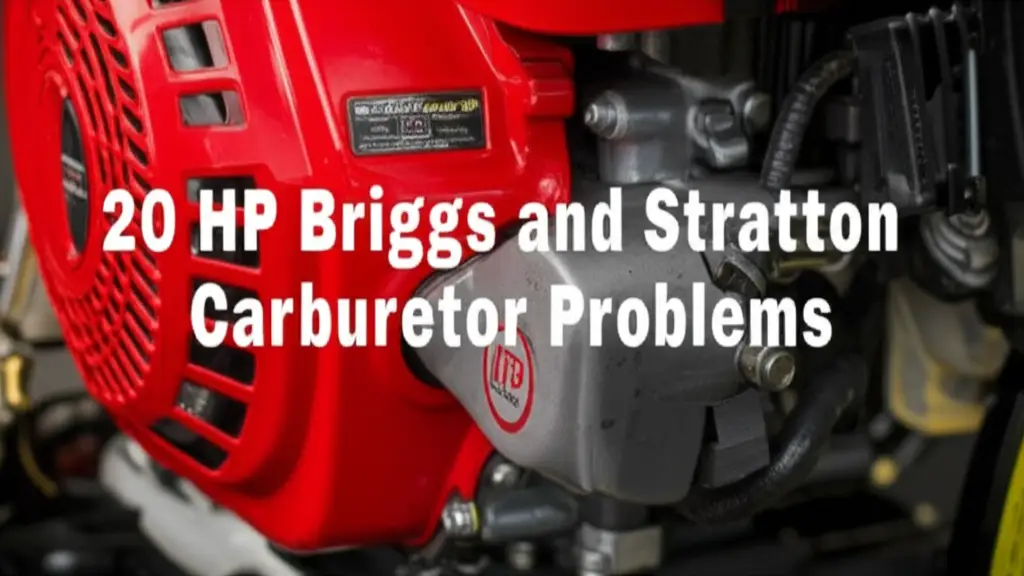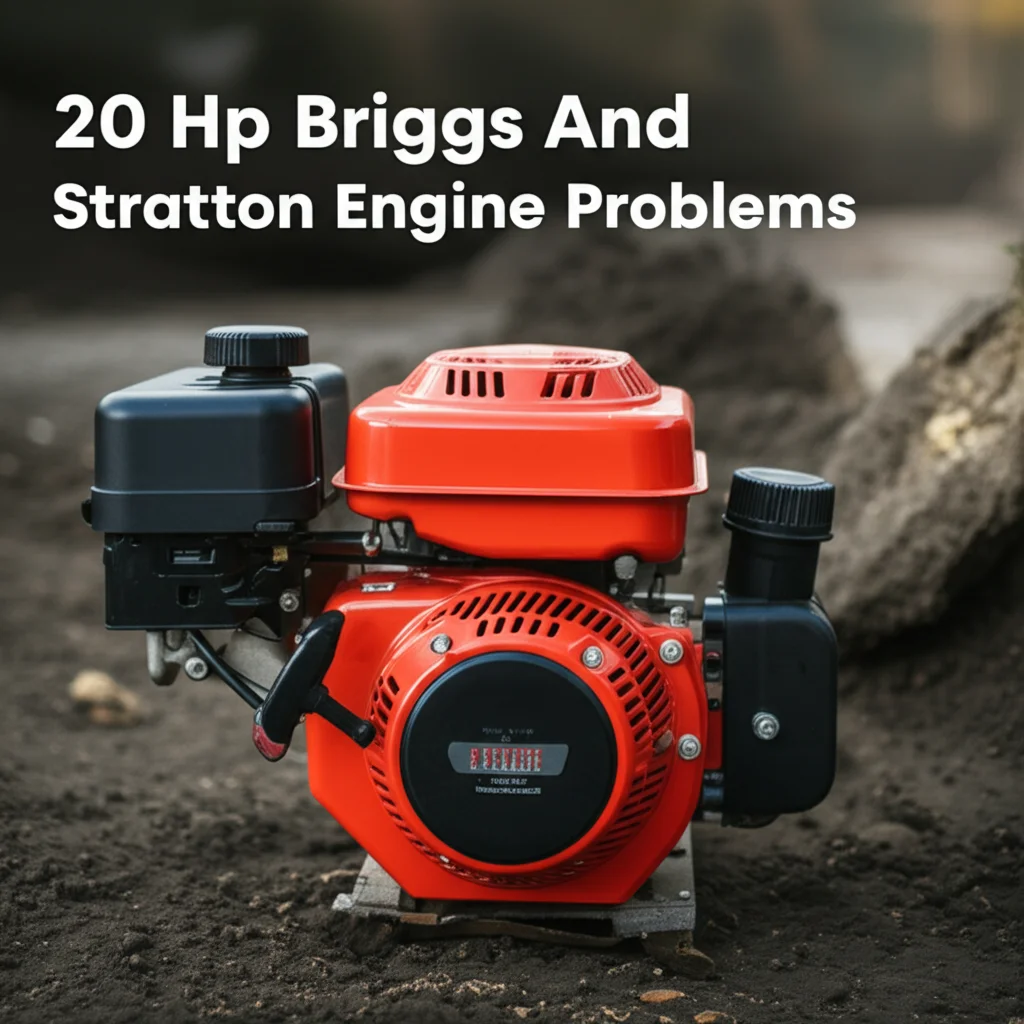· Lawn Mower Repair · 6 min read
Cub Cadet Zero Turn Carburetor Problems

Cub Cadet Zero Turn Carburetor Problems: A Comprehensive Guide
Is your Cub Cadet zero turn mower sputtering, losing power, or refusing to start? Often, the culprit is a carburetor issue. The carburetor is responsible for mixing air and fuel in the correct ratio for combustion, and when it malfunctions, your mower will suffer. This article will walk you through common Cub Cadet zero turn carburetor problems, how to diagnose them, and what you can do to fix them. We’ll cover everything from simple cleaning to more complex repairs, helping you get your mower running smoothly again.
Takeaway:
- Regular maintenance, including fuel stabilizer and carburetor cleaner, can prevent many issues.
- Dirty or clogged carburetors are the most common problem and often easily fixed.
- Understanding your mower’s specific carburetor type is crucial for proper repair.
- If you’re uncomfortable with repairs, consult a qualified mechanic.
What causes carburetor problems in a Cub Cadet zero turn mower?
A carburetor problem in your Cub Cadet zero turn mower typically arises from fuel degradation, debris accumulation, or wear and tear on internal components. Old fuel can leave behind varnish and gum, clogging the small passages within the carburetor. Dust, grass clippings, and other debris can also find their way in, causing blockages. Over time, parts like needles and seats can wear out, affecting the fuel mixture.
Common Symptoms of a Carburetor Problem
Recognizing the signs of a carburetor issue is the first step to getting your mower back in working order. Several symptoms indicate a problem with the carburetor. A common sign is difficulty starting the engine, often requiring multiple attempts. You might also notice the engine sputtering or running rough, lacking its usual power. Black smoke from the exhaust can indicate a rich fuel mixture, while a lean mixture might cause the engine to overheat. If you experience any of these, your carburetor is likely the source of the trouble.
Dirty or Clogged Carburetors: The Most Frequent Issue
The most common Cub Cadet zero turn carburetor problem is a dirty or clogged carburetor. Ethanol-blended fuels, commonly available at gas stations, are notorious for absorbing water and leaving behind deposits as they age. These deposits restrict fuel flow, leading to the symptoms mentioned earlier. Fortunately, cleaning a carburetor is often a straightforward process. You can try using a carburetor cleaner additive in your fuel, but a thorough cleaning is usually required. https://beacleaner.com/how-to-clean-carburetor provides a detailed guide on cleaning carburetors.
Cleaning Steps
- Disconnect the fuel line: Ensure no fuel spills.
- Remove the air filter: This provides access to the carburetor.
- Disassemble the carburetor: Carefully take it apart, noting the position of each component.
- Clean all parts: Use carburetor cleaner and small brushes or wires to remove deposits.
- Reassemble the carburetor: Ensure all parts are correctly positioned.
- Reconnect the fuel line and air filter: Test the mower.
Fuel Mixture Issues: Rich vs. Lean
The carburetor’s job is to create the perfect air-fuel mixture. However, imbalances can occur, resulting in a “rich” or “lean” mixture. A rich mixture means too much fuel and not enough air, often causing black smoke, a strong fuel smell, and poor performance. A lean mixture, conversely, means too much air and not enough fuel, leading to overheating, a lack of power, and potential engine damage. Adjusting the carburetor’s settings, specifically the idle speed and mixture screws, can often correct these imbalances.
Float and Needle Valve Problems
Inside the carburetor, the float and needle valve regulate the fuel level in the bowl. If the float is damaged or the needle valve is worn, it can cause fuel to overflow or not supply enough fuel. A stuck float can lead to a rich mixture and flooding, while a worn needle valve can cause a lean mixture and stalling. Inspect these components during carburetor disassembly and replace them if necessary. Proper fuel shut-off is essential for preventing these issues.
Carburetor Damage and Replacement
Sometimes, carburetor problems aren’t fixable with cleaning or parts replacement. Physical damage, such as cracks or warping, can occur from impacts or corrosion. In these cases, replacing the entire carburetor is often the most practical solution. When purchasing a replacement, ensure it’s the correct model for your specific Cub Cadet zero turn mower. https://beacleaner.com/cub-cadet-zero-turn-carburetor-problems-troubleshooting-tips-solutions offers more in-depth troubleshooting advice.
Finding the Right Replacement
- Check your mower’s model number: This is usually located on a sticker near the engine.
- Search online retailers: Use your model number to find compatible carburetors.
- Consult a local small engine repair shop: They can help you identify the correct part.
Preventing Future Carburetor Problems
Preventative maintenance is key to avoiding future carburetor issues. Always use fresh fuel and add a fuel stabilizer, especially when storing the mower for extended periods. Regularly clean or replace the air filter to prevent debris from entering the carburetor. Consider using ethanol-free fuel if available, as it’s less prone to leaving behind deposits. Finally, run the mower until the carburetor is dry before storage to prevent fuel from sitting and causing problems. If you’re experiencing other issues, like steering problems, check out https://beacleaner.com/cub-cadet-zero-turn-steering-problems.
Frequently Asked Questions (FAQ)
Q: How often should I clean my Cub Cadet zero turn carburetor?
A: It depends on usage and fuel quality. Generally, cleaning it annually or after every 100 hours of operation is a good practice. If you notice performance issues, clean it sooner.
Q: Can I use just any carburetor cleaner?
A: While many carburetor cleaners are available, choose one specifically designed for small engines. Avoid harsh chemicals that could damage rubber or plastic components.
Q: What if my mower still won’t start after cleaning the carburetor?
A: Check the spark plug, air filter, and fuel lines. A faulty spark plug or blocked fuel line can also prevent starting. You might also have a starting problem unrelated to the carburetor; see https://beacleaner.com/cub-cadet-zero-turn-starting-problems-overcome-them-with-ease.
Q: Is it difficult to replace a carburetor?
A: It can be challenging for beginners, but with the right tools and instructions, it’s manageable. If you’re uncomfortable, it’s best to consult a professional.
Q: What does a rich fuel mixture smell like?
A: A rich fuel mixture typically smells strongly of gasoline. You may also notice black smoke coming from the exhaust.
Conclusion
Addressing Cub Cadet zero turn carburetor problems doesn’t have to be daunting. By understanding the common issues, knowing how to diagnose them, and following the steps outlined in this guide, you can often resolve these problems yourself. Remember that preventative maintenance, like using fuel stabilizer and keeping the air filter clean, can go a long way in preventing future carburetor issues. If you’re unsure about any repair, don’t hesitate to seek help from a qualified mechanic. Keeping your carburetor in good working order will ensure your Cub Cadet zero turn mower continues to deliver reliable performance for years to come.
- Cub Cadet Zero Turn
- Carburetor Problems
- Zero Turn Mower Repair


